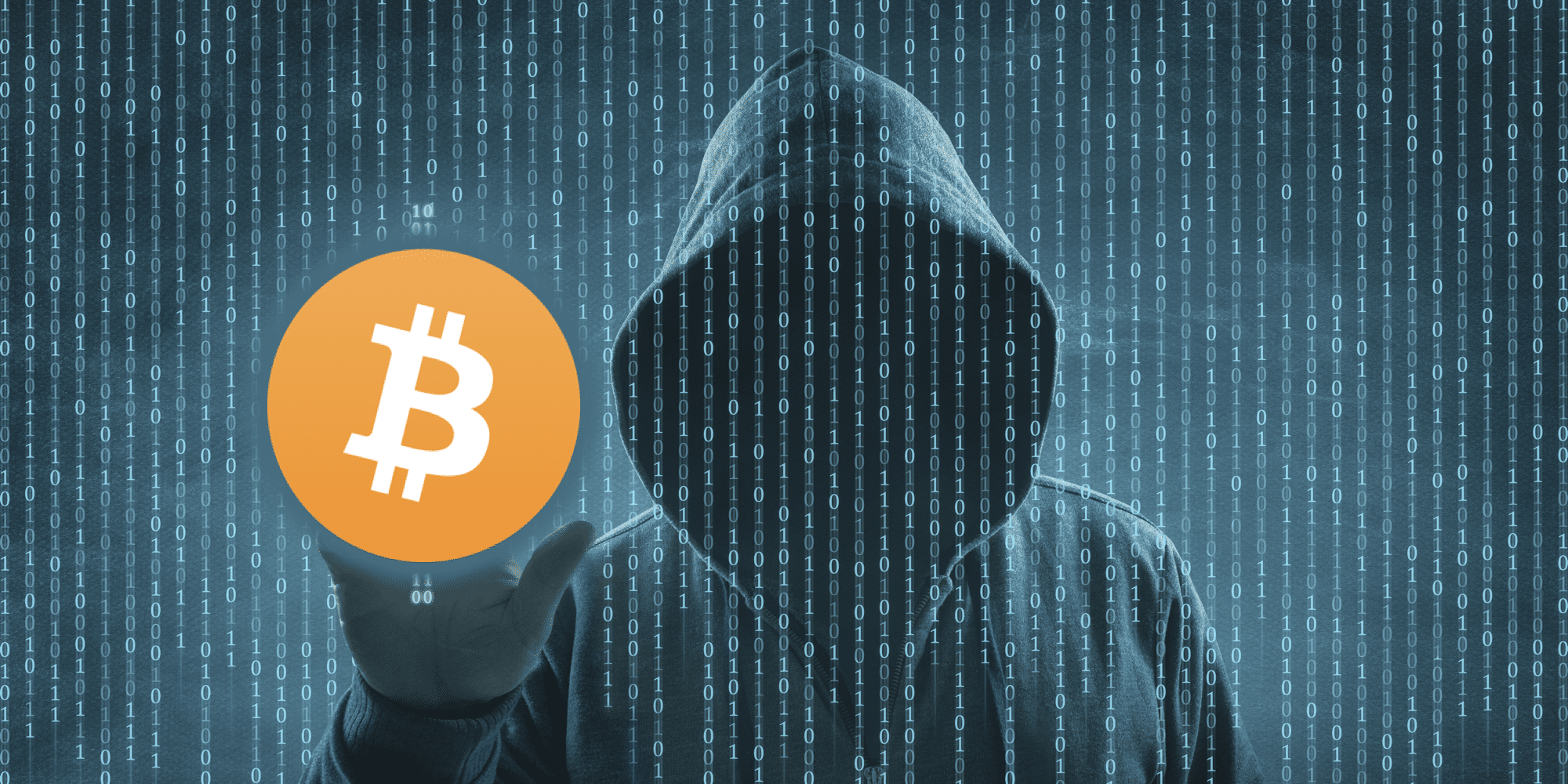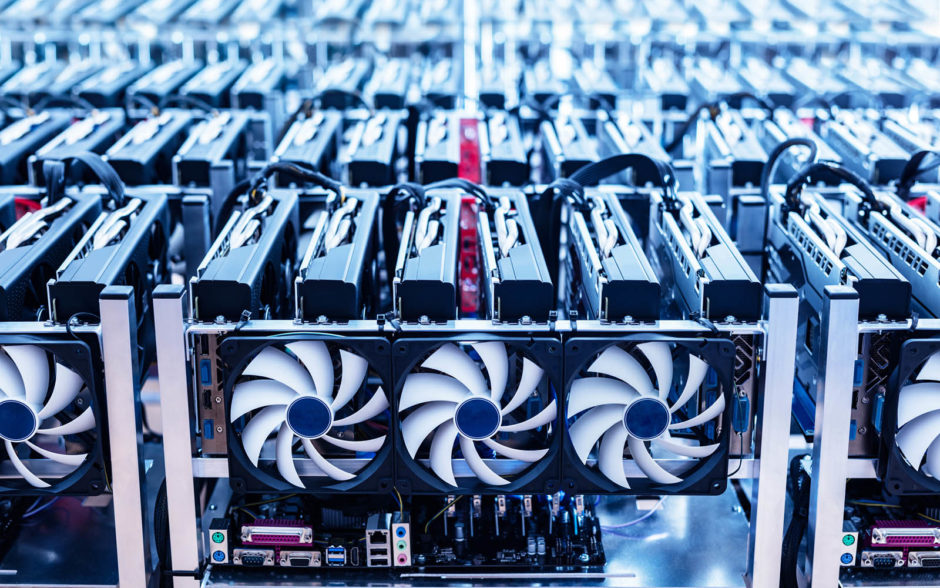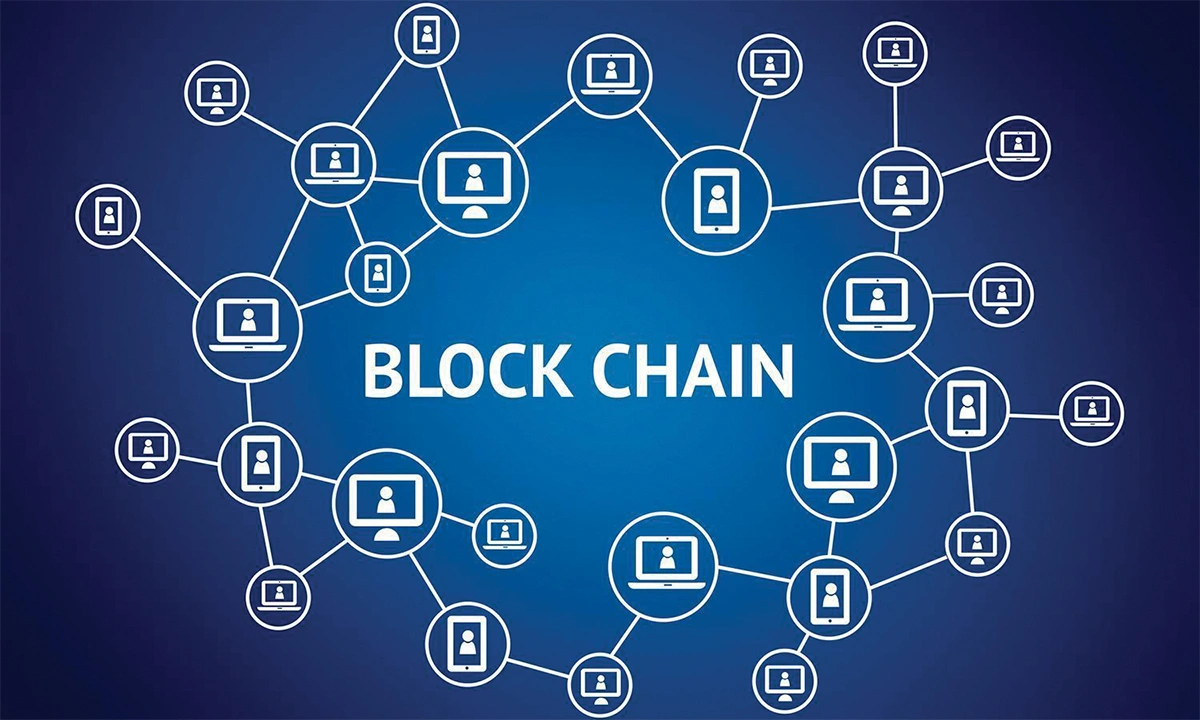What is decentralized finance (DeFi)?
The rise of decentralized finance poses a challenge to traditional financial institutions by offering efficient.

In the realm of finance, innovation knows no bounds. The advent of blockchain technology and cryptocurrencies has given rise to a groundbreaking movement known as Decentralized Finance, or DeFi. This transformative ecosystem is reshaping traditional financial systems by providing open, accessible, and permission less alternatives to traditional financial services. This comprehensive guide aims to provide a deep dive into the world of DeFi, unraveling its origins, principles, use cases, challenges, and its profound impact on the future of finance.
Finance has evolved dramatically throughout history, from barter systems to fiat currencies and complex financial instruments. The emergence of blockchain technology has introduced a new chapter in the world of finance, enabling the creation of decentralized and trustless systems that challenge traditional norms. Decentralized Finance, commonly referred to as DeFi, stands as a testament to this evolution, promising to revolutionize the way we access, manage, and interact with financial services.
Defining Decentralized Finance (DeFi)
The Genesis of DeFi
Decentralized Finance refers to a paradigm shift in the financial landscape, where traditional financial services are recreated using blockchain technology and smart contracts. DeFi aims to remove intermediaries, enhance transparency, and provide open access to financial services for individuals across the globe.
Principles of DeFi
DeFi is built on several core principles:
- Open Access: DeFi platforms are accessible to anyone with an internet connection, enabling global participation without geographic restrictions.
- Transparency: All transactions and activities on DeFi platforms are recorded on public blockchains, ensuring transparency and accountability.
- Interoperability: DeFi protocols and platforms are designed to be interoperable, allowing users to seamlessly interact with various DeFi applications.
- Decentralization: Decentralization is a fundamental pillar of DeFi. Decision-making, governance, and control are distributed among participants, reducing the power of central authorities.
The Building Blocks of DeFi
Decentralized Applications (DApps)
DApps are applications built on blockchain networks that execute smart contracts. These applications enable users to engage in various financial activities, from lending and borrowing to trading and yield farming.
Smart Contracts and Automation
Smart contracts are self-executing contracts with the terms of the agreement directly written into code. They automate and facilitate transactions without the need for intermediaries, ensuring trust and efficiency.
Decentralized Exchanges (DEXs)
DEXs facilitate peer-to-peer trading of cryptocurrencies without relying on centralized intermediaries. Users retain control of their funds throughout the trading process.
Use Cases and Applications of DeFi
Borrowing and Lending
DeFi platforms offer decentralized borrowing and lending services, allowing users to lend their cryptocurrencies to earn interest or borrow assets by using their own cryptocurrency as collateral.
Decentralized Stablecoins
Stablecoins within the DeFi ecosystem maintain a stable value and are used for trading, lending, and various financial transactions, offering stability in a volatile market.
Decentralized Insurance
DeFi introduces the concept of decentralized insurance, where users can purchase insurance coverage for smart contract vulnerabilities, hacks, and other risks.
Yield Farming and Liquidity Mining
Yield farming involves providing liquidity to DeFi platforms in exchange for rewards. Liquidity mining incentivizes users to contribute to the liquidity of DEXs and other DeFi protocols.
Challenges and Considerations
Security and Auditing
DeFi platforms are susceptible to vulnerabilities and hacks. Proper security measures, regular audits, and code reviews are crucial to mitigate risks.
Regulatory Uncertainty
The regulatory landscape for DeFi is still evolving, with authorities in different jurisdictions grappling to define the regulatory framework for these innovative platforms.
User Education and Adoption
DeFi introduces complex concepts, and users must understand the risks and mechanics before participating. User education and user-friendly interfaces are essential for widespread adoption.
The Future of Finance: DeFi's Impact
Democratizing Access to Financial Services
DeFi has the potential to provide financial services to the unbanked and underbanked populations worldwide, democratizing access to financial tools and opportunities.
Bridging the Global Financial Gap
DeFi can bridge the gap between traditional financial systems and underserved regions, allowing individuals to participate in a global economy without the need for traditional intermediaries.
Potential Disruption of Traditional Finance
The rise of DeFi poses a challenge to traditional financial institutions by offering efficient and accessible alternatives to banking, lending, trading, and other financial services.
Decentralized Finance (DeFi) is more than a technological advancement; it's a revolutionary movement that challenges the status quo of traditional finance. By harnessing the power of blockchain, smart contracts, and open access, DeFi pioneers a new era of financial inclusivity, transparency, and innovation. As DeFi continues to grow and mature, its impact on the financial landscape promises to reshape the way we interact with money, invest, and access financial services.
What's Your Reaction?
















